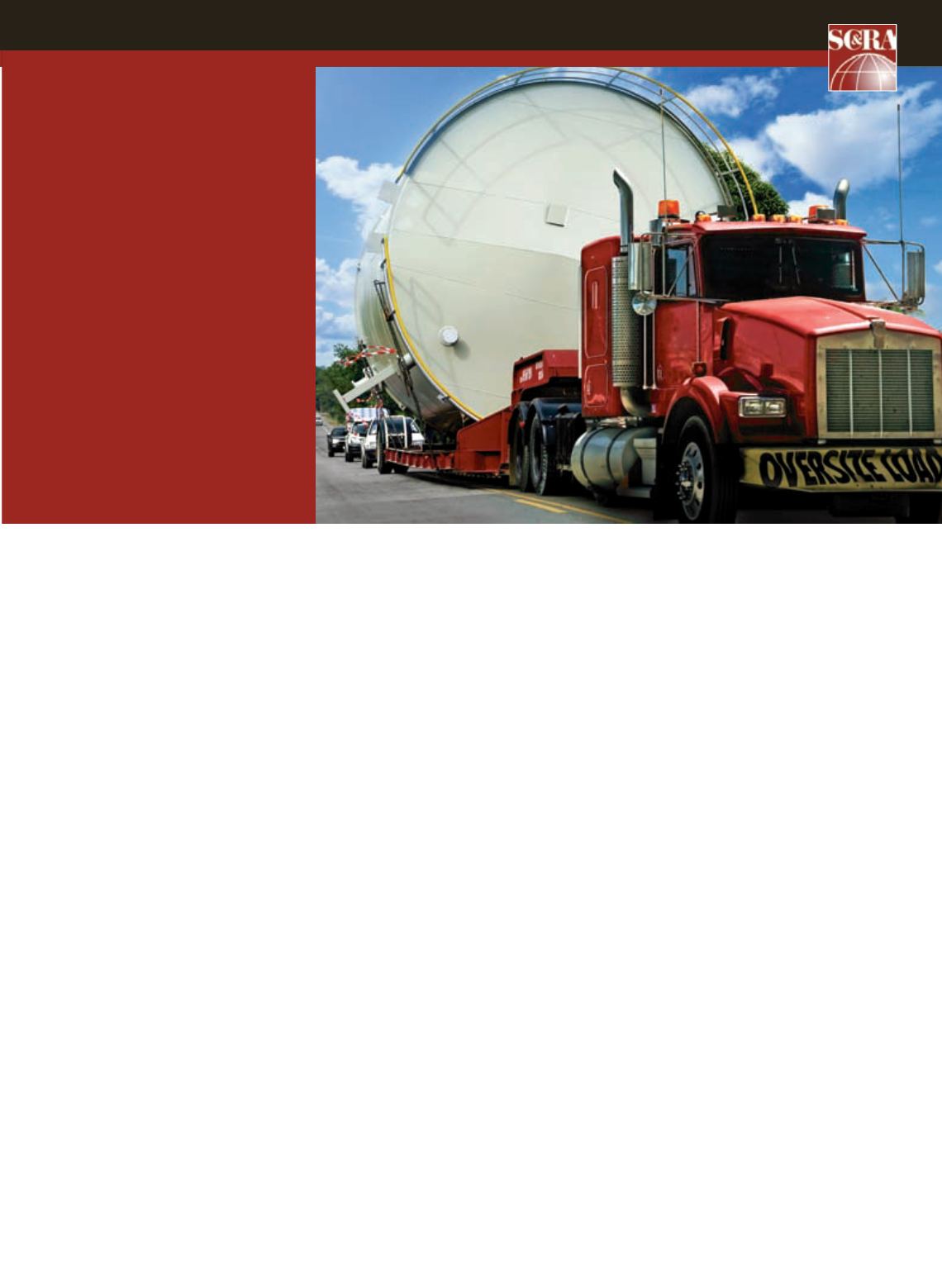
67
RISK MANAGEMENT
SEPTEMBER 2013
ACT
Brent Moody
discusses the Motor
Carrier ACT of 1980.
I
n response to the Motor Carrier Act of
1980 came the MCS-90 endorsement
for the business automobile policy.
Its primary purpose was to make certain
that dollars were available for any damage
associated with the transportation of
hazardous materials. The MCS-90 is a
required endorsement on all business
auto policies for carriers engaged in
both hazardous material hauling and/
or transporting property in interstate
commerce.
So misunderstood
What the MCS-90 is not: The MCS-
90 is one of the most misunderstood
endorsements in the insurance industry.
There is a major misconception that
the form essentially provides pollution
coverage to the insured in the event of an
environmental cleanup loss.
Another misconception involves its
necessity for carriers engaged only in
intrastate commerce. Yet another is that
the MCS-90 is required for carriers with a
Private Property Operating classification.
Many of the ramifications associated
with these misinterpretations are minor
at worst. Others, like the idea that the
endorsement provides pollution coverage,
can carry far more dire consequences.
True, the endorsement does stipulate
that the insurance carrier must pay any
agrees to reimburse the company for any
payment made by the company on account
of any accident, claim, or suit involving
a breach of the terms of the policy, and
for any payment that the company would
not have been obligated to make under
the provisions of the policy except for the
agreement contained in this endorsement.
What are the costs?
The majority of business automobile
policies exclude pollution-related claims.
So if an insured incurs a pollution related
claim, the carrier will be obligated to
pay damages as required by the MCS-
90 provision, but (assuming pollution
liability is excluded on the policy) will seek
reimbursement for whatever damages are
paid out.
So, what kind of dollar amounts are
we talking here? The FMCSA requires
a minimum of $5 million in liability
coverage for hazardous material haulers.
Typically hazardous material haulers carry
much higher limits than the mandated
minimum. The vast majority of excess
liability policies follow the form of the
underlying primary policies. What this
means is that if something is covered
under the primary it is covered under
the excess. As an example, a company
has a $1 million primary business
automobile policy endorsed with the
judgment rendered against the insured
with regard to public liability: The insurer
(the company) agrees to pay, within the
limits of liability described herein, any
final judgment recovered against the
insured for public liability resulting from
negligence in the operation, maintenance
or use of motor vehicles . . . regardless
of whether or not each motor vehicle is
specifically described in the policy and
whether or not such negligence occurs on
any route or in any territory authorized
to be served by the insured or elsewhere
. . . It is understood and agreed that no
condition, provision, stipulation, or
limitation contained in the policy, this
endorsement, or any other endorsement,
or any other endorsement thereon, or
violation thereof, shall relieve the company
from liability or from the payment of
any final judgment, within the limits of
liability herein described, irrespective
of the financial condition, insolvency or
bankruptcy of the insured.
The problem occurs when the
endorsement allows the insurance
company to seek reimbursement of any
payment to third parties on behalf of an
insured: However, all terms, conditions
and limitations in the policy to which the
endorsement is attached shall remain in
full force and effect as binding between
the insured and the company. The insured
What is MCS-90?
There is a major misconception that
the form essentially provides pollution
coverage to the insured in the event of
an environmental cleanup loss.


